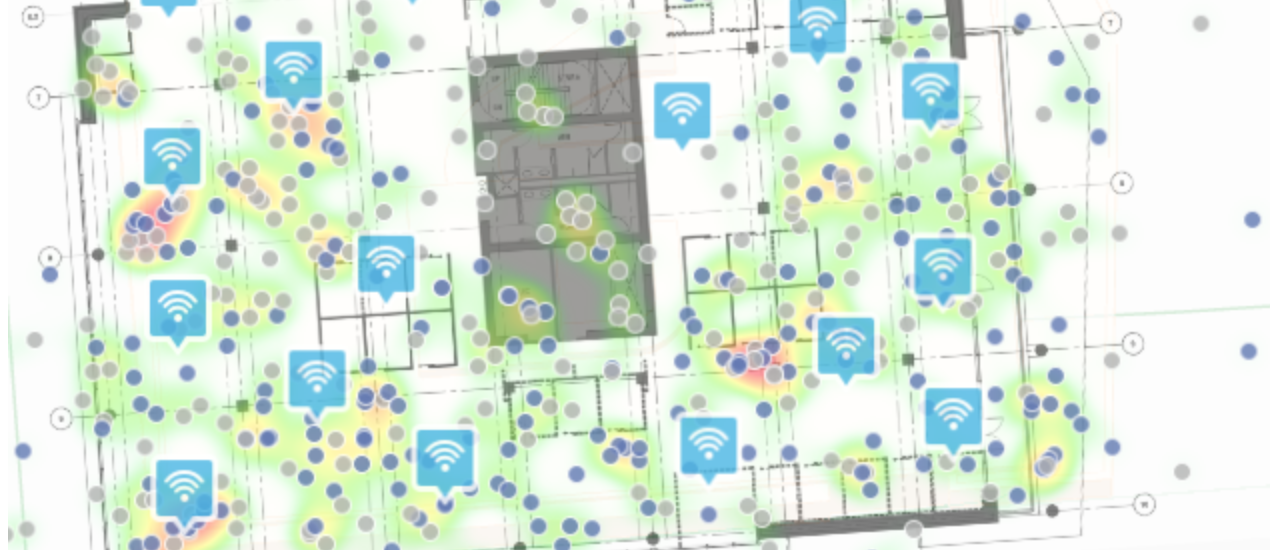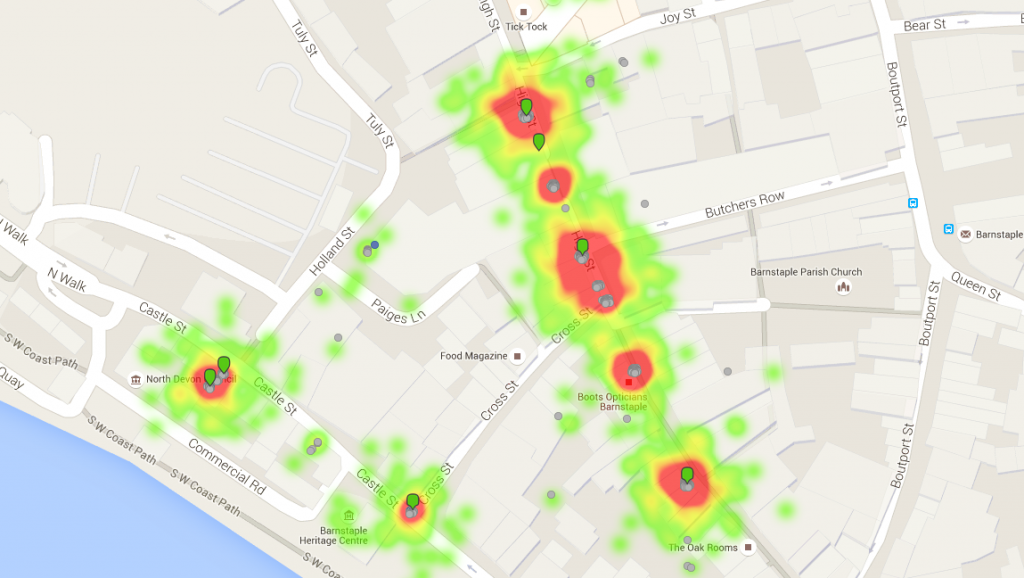A new set of fragmentation vulnerabilities have been discovered which have the capacity to affect all WiFi enabled devices dating back to 1997.
There have been 12 identified separate vulnerabilities discovered by New York University Abu Dhabi researcher Mathy Vanhoef, named FragAttacks (fragmentation and aggression attacks) which have a dangerous data exfiltration potential to gather information about the owner of a WiFi enabled device and export it to a within-range attacker or to run malicious code to compromise the device; bypassing WEP and WPA security protocols.
Vanhoef announced that more than 75 tested Wi-Fi devices are affected by at least one of the FragAttacks vulnerabilities, but a majority of the devices are impacted by multiple CVEs. These tested devices included Huawei, Google, Samsung and Apple for mobile devices; computers from Dell, Apple and MSI; Xiaomi and Canon IoT devices; Asus, Linksys and D-Link routers; and Aruba, Lancom and Cisco access points.
Furthermore, the identified CVEs had the capacity to erroneously reassemble fragments encrypted under different keys, process fragmented as full frames and not clear fragments from memory when (re)connecting to a network. These vulnerabilities are named ‘FragAttacks’ due to the issues on how the WiFi network dissipates and then reorders data for easier transmission before reassembly at the receiving endpoint device.
Despite the existence of these unearthed vulnerabilities, WiFi Alliance released a statement saying that “There is no evidence of these vulnerabilities being used against WiFi users maliciously” and suggests protection methods to users through downloading “routine device updates that enable the detection of suspect transmissions or improve adherence to security implementations”
The video below demonstrates how the 12 discovered vulnerabilities can be used as a stepping stone to launch advanced malware attacks:






